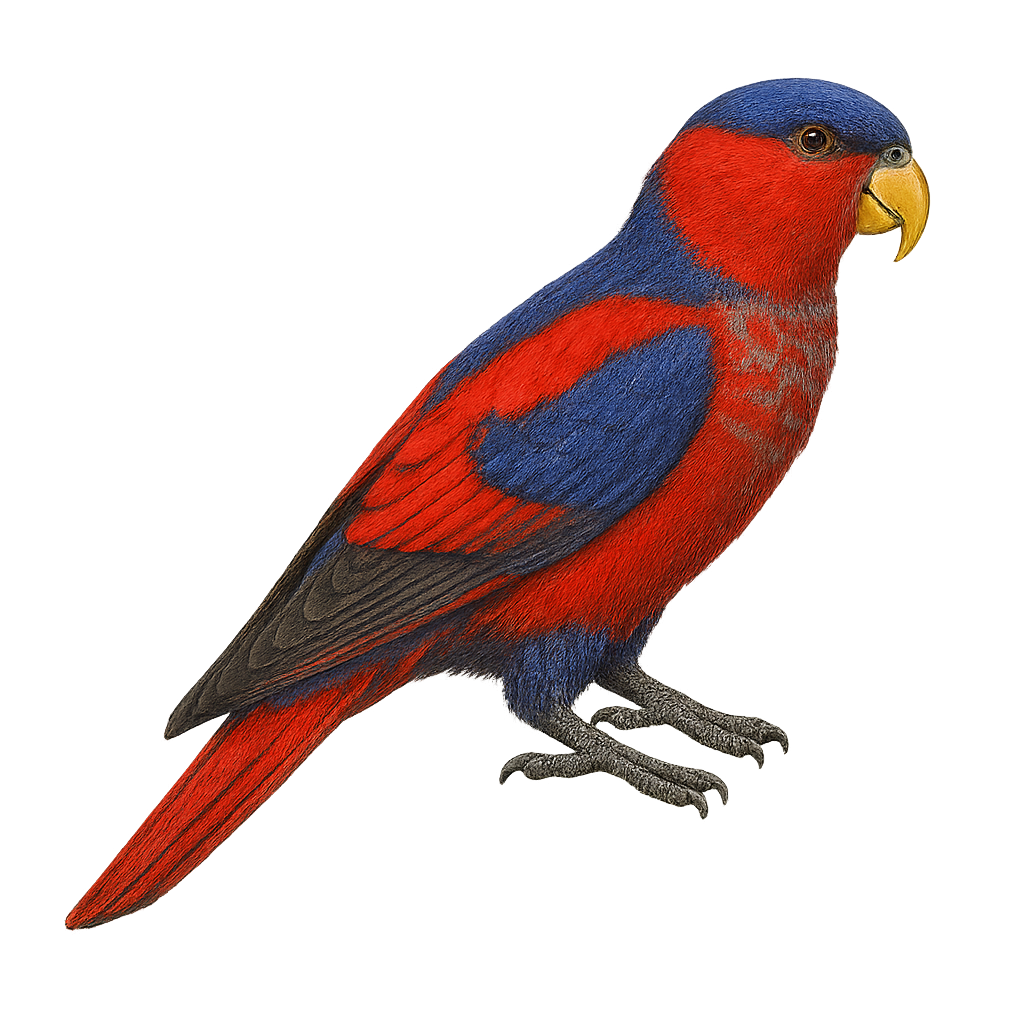Your wildlife photography guide.
Explore the red-and-blue lory in detail, study its behavior, prepare your shots.
Where to observe and photograph the red-and-blue lory in the wild
Learn where and when to spot the red-and-blue lory in the wild, how to identify the species based on distinctive features, and what natural environments it inhabits. The WildlifePhotographer app offers tailored photography tips that reflect the red-and-blue lory’s behavior, helping you capture better wildlife images. Explore the full species profile for key information including description, habitat, active periods, and approach techniques.
Red-and-blue Lory
Scientific name: Mesitornis variegatus

IUCN Status: Critically Endangered
Family: PSITTACIDAE
Group: Birds
Sensitivity to human approach: Suspicious
Minimum approach distance: 10 m
Courtship display: October to November
Incubation: 18-20 jours
Hatchings: October to December
Habitat:
Tropical rainforests, mangroves, wooded areas
Activity period :
Primarily active during the day, with peak activity in the morning and late afternoon.
Identification and description:
The Red-and-blue Lory, or Mesitornis variegatus, is a vibrant and fascinating bird endemic to the Talaud and Sangihe Islands in Indonesia. This parrot boasts a striking plumage, predominantly red with shades of blue on its wings and tail. Its beak is a vivid orange, contrasting with its dark, expressive eyes. Measuring about 30 cm in length, it is known for its liveliness and intelligence. The Red-and-blue Lory primarily inhabits tropical rainforests, where it feeds on nectar, fruits, and flowers. Unfortunately, this species is critically endangered, mainly due to habitat loss and illegal trade in exotic birds.
Recommended lens:
400 mm – adjust based on distance, desired framing (portrait or habitat), and approach conditions.
Photography tips:
To photograph the Red-and-blue Lory, it's essential to have a telephoto lens of at least 400mm to capture sharp images without disturbing the bird. Look for areas where these birds feed, such as flowering trees, and be patient. Morning is often the best time to observe them as they are more active. Use a tripod to stabilize your camera and adjust ISO settings to compensate for low light under the dense canopy. Be discreet and avoid sudden movements to prevent scaring these wary birds.
The WildlifePhotographer App is coming soon!
Be the first to explore the best nature spots, track rutting seasons, log your observations, and observe more wildlife.
Already 1 430 wildlife lovers subscribed worldwide

